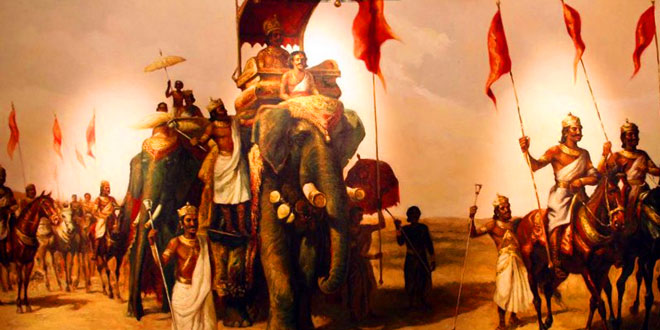Question: Name the four varnas. What tasks did each perform?
Answer:
- Brahmins: The Brahmins ere expected to teach the Vedas and perform religious rituals.
- Kshatriyas: The Kshatriyas were warriors and fought wars.
- Vaishyas: The Vaishyas were involved in trade and agriculture.
- Shudras: The shudras had to solve the other groups.
Question: How was an iron plough better than that of wood?
Answer:
- The iron plough was helpful as.
- It was much stronger.
- People applied less effort.
- It was sharp.
- It helped people in settlements development.
Question: Give one difference between the political systems of Magadha and Vajji.
Answer: A unique aspect of the administration of Vajji Mahajanapada was that its administration was carried out through an assembly called the ganasangha. Unlike Magadh, which was strongly monarchical, the Vajjis had a form of a republican government. The Vajji mahajanapad consisted of eight clans.
Question:What were the different types of towns that emerged by 6th century BCE?
Answer: Some craft towns were capitals of kingdoms like Rajgriha which was the capitals of Magadha. Nalanda and Taxila were important centres of learning where students learn subjects such as medicine, philosphy, grammar, astronomy, etc. Champa and Tamralipti were port towns and towns like Benaras were trading centres.
Question: Why did the ‘rajas’ of ‘mahqjanapadas’ build forts?
Answer: The ‘rajas’ of ‘mahajanapadas’ built forts around their capital cities because probably the people were afraid of attacks from other kings and needed protection. It is also possible that some ‘rajas’ wanted to show that they were rich and powerful by building large, tall and impressive walls around cities. Moreover, by fortifying, the land and its people could be controlled more easily.
 Class Notes NCERT Solutions for CBSE Students
Class Notes NCERT Solutions for CBSE Students


